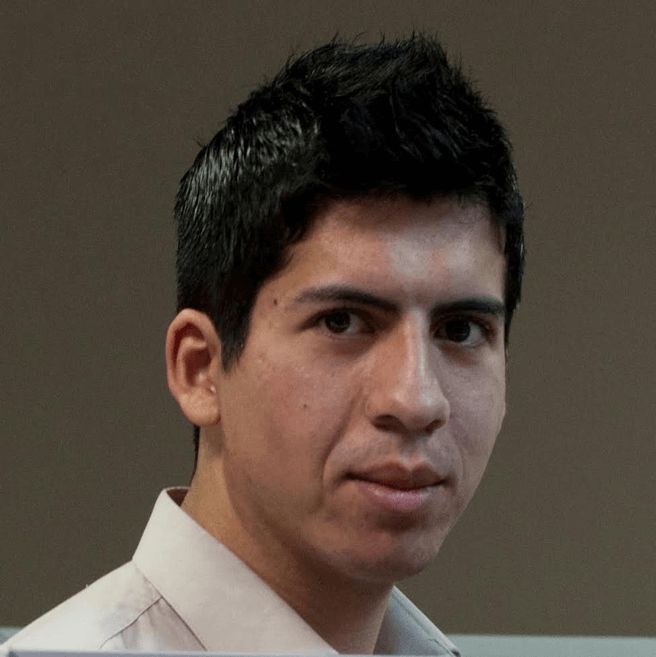173 reads
Opportunities with Leveraged Products in DeFi
by
July 12th, 2022
Audio Presented by
About Author
I am a computer engineer and entrepreneur working with Web3 technologies.
Comments
TOPICS
THIS ARTICLE WAS FEATURED IN
Related Stories
10 Essential Essays on Bitcoin
Aug 07, 2020
